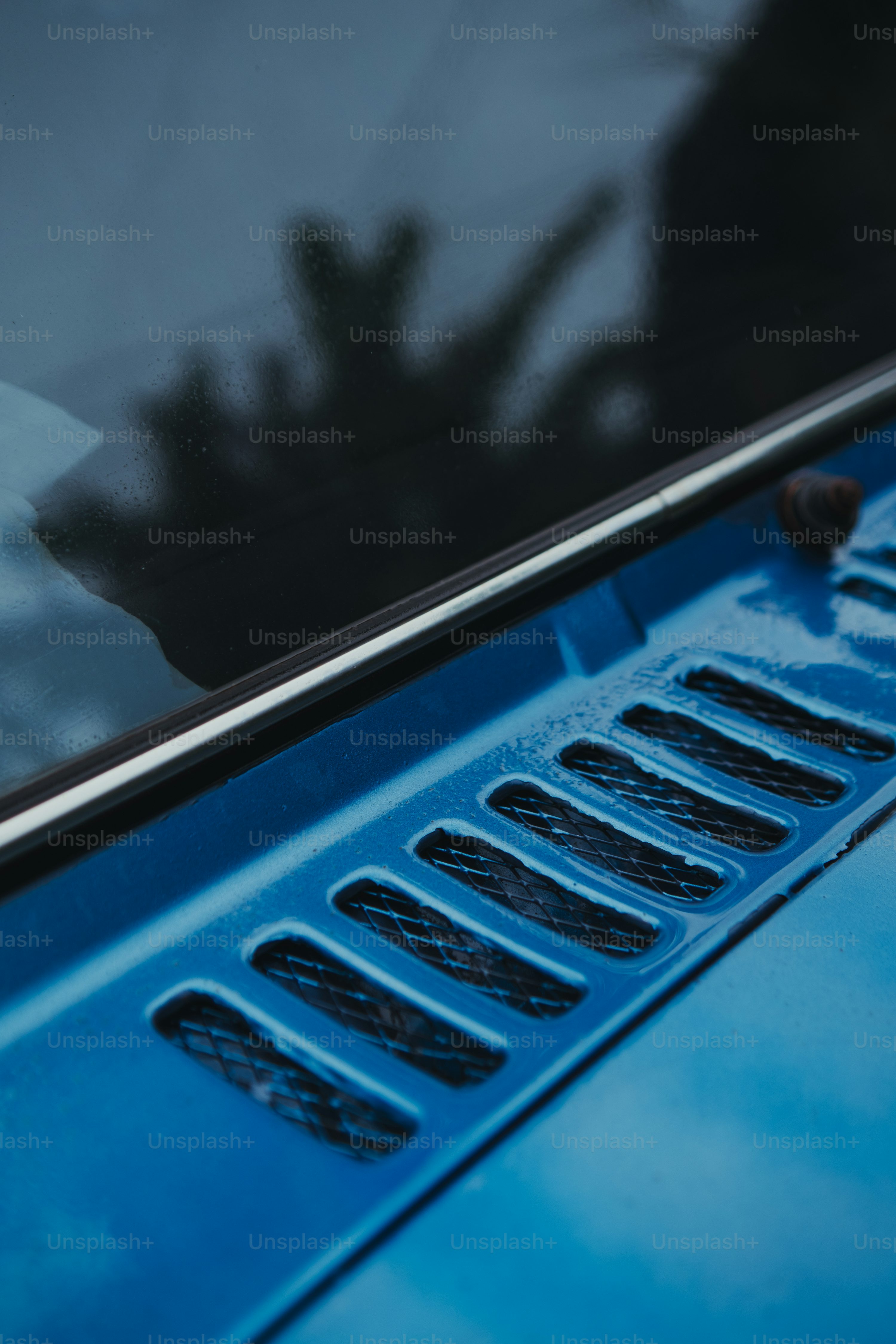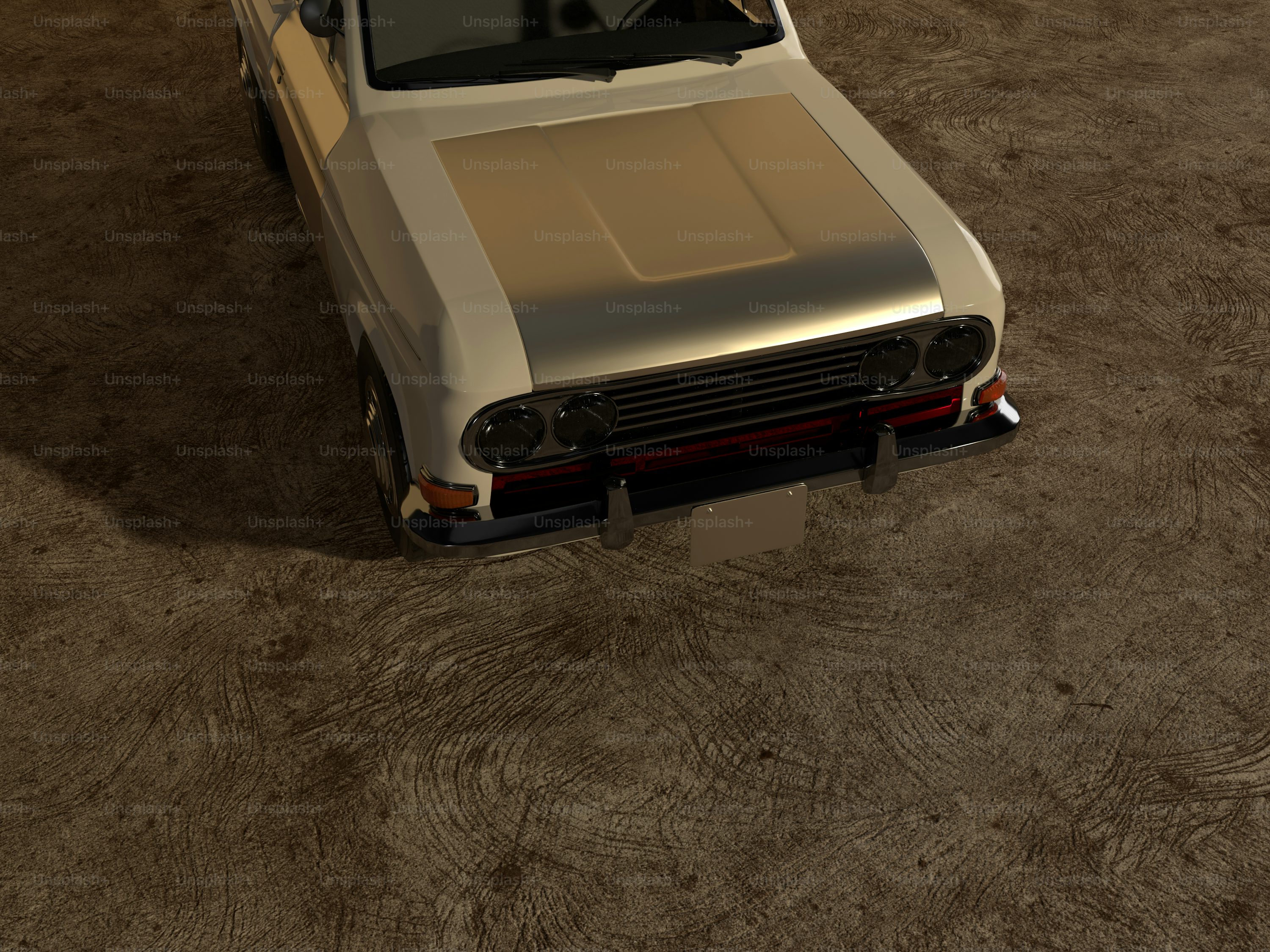- How to Fix P0500 Code in 3 Steps
- Prevention Tips
- FAQ
Is your ToyotaBahrain ToyotaEgypt ToyotaKSA ToyotaKuwait ToyotaOman ToyotaQatar ToyotaUAE Toyota acting strange? A warning light on the dash? A P0500 code often points to a speed sensor issue. Let's find out what it means and how to fix it, keeping your ride smooth and safe.
The P0500 trouble code is a common message for Toyota owners. It signals a problem with your car's Vehicle Speed Sensor (VSS) system. This sensor is like the car's speedometer; it tells the car's computer exactly how fast you are driving. When this sensor, or its connection, acts up, the P0500 code automatically shows up. You might notice several signs that something is wrong:
Your Speedometer Stops Working: This is often the first and most obvious sign. The needle might not move at all, or it might show the wrong speed. This happens because the VSS is not sending correct speed data to the dashboard.
Cruise Control Becomes Disabled: Your car's cruise control needs accurate speed information to work safely. If the VSS is faulty, the car's computer will turn off the cruise control to avoid accidents or unexpected speed changes.
Transmission Shifts Abnormally: The car's gearbox relies on speed information to know when to shift gears smoothly. Without good data from the VSS, your transmission might shift harshly, at the wrong time, or feel generally strange. Over time, this can cause damage to the transmission.
Check Engine Light Activates: This important warning light on your dashboard will turn on when the car detects the P0500 code. It is an alert that something needs your attention and should be checked.
Several things can lead to a P0500 code. Here are the most common reasons:
Damaged Speed Sensor: Over time, the vehicle speed sensor can wear out or get damaged by road debris, water, or even heat. This is a common part to fail, especially as cars get older.
Broken Wiring Harness: The wires connecting the speed sensor to your car's computer can get cut, frayed, or chewed by small animals. If these wires are damaged, the electrical signal cannot get through, causing the sensor to appear faulty.
Faulty Speedometer Cluster: In some cases, the problem isn't with the sensor itself but with the instrument panel on your dashboard. The part that displays your speed might be broken. This is less common but can happen.
Corroded Connectors: The electrical connectors where the speed sensor plugs in can get wet, dirty, or rusty. This corrosion can stop the sensor from making a good electrical connection, which leads to no signal or a bad signal.
How to Fix P0500 Code in 3 Steps
Fixing the P0500 code might seem hard, but you can do some simple checks yourself. Follow these steps to find and fix the problem.
Step 1:Basic Checks
Before you get too deep, always start with the easy things. These checks can often save you time and money:
Verify Tire Size Matches OEM Specs: Check that your car's tires are the correct size as recommended by Toyota. Using tires that are too big or too small can change your actual speed versus what the VSS reads, sometimes confusing the car's computer.
Inspect Speed Sensor Wires for Damage: Look closely at the wires connecting to the speed sensor. These wires are usually near your car's wheels, especially on the transmission side. Look for any cuts, frays, bare spots, or signs of rodent damage. Check where the wires plug into the sensor and where they go into the main wiring harness.
Check Sensor Connector Cleanliness: Disconnect the electrical connector from the speed sensor. Look inside for any dirt, mud, moisture, or rust (corrosion). If it looks dirty, carefully clean it with an electrical contact cleaner and a small brush. Make sure it's dry before plugging it back in.
Step 2:Diagnostic Testing
If basic checks don't solve the issue, you'll need a few common tools to dig deeper. These tools help you understand what the speed sensor and its circuit are doing:
Tool Needed | What to Check |
|---|---|
OBD-II scanner | Connect the scanner to your car's diagnostic port (usually under the dashboard). Select the option to view 'live data'. While driving at a very slow and safe speed, check if the scanner shows vehicle speed readings. If it shows 0 km/h or odd numbers when you are moving, the VSS is likely faulty. |
Multimeter | Disconnect the speed sensor. Set your multimeter to measure resistance (Ohms, Ω). Touch the multimeter probes to the sensor's terminals. A healthy speed sensor should show a resistance reading between 190 and 250 Ohms (Ω). If it reads much higher, lower, or shows 'OL' (open circuit), the sensor is bad. |
Test Light | A test light helps check for power and ground in the VSS circuit. Follow your car's wiring diagram to find the power and ground wires for the sensor. Connect one end of the test light to a known good ground, then touch the probe of the test light to the power wire terminal in the sensor's connector. The light should illuminate. Then test the ground wire by connecting the test light to a known power source, the light should also illuminate when touching the ground wire. This confirms the circuit is getting power and ground. |
Step 3:Repair Options
Once you have found the cause of the P0500 code, it's time for the fix. The repair costs can vary based on your Toyota model and where you get the work done.
Sensor Replacement: If your tests show the speed sensor is faulty, replacing it is the solution. The part itself usually costs around 290-730 AED (or 300-750 SAR). If you pay a workshop for labor, the total cost could range from 730-1470 AED (or 750-1500 SAR), depending on how easy or hard it is to access the sensor.
Wiring Repair: If you find damaged wires, you might need to repair or replace the wiring harness leading to the sensor. A simple wire repair can cost around 180-550 AED (or 180-560 SAR) for the labor if you get professional help. Sometimes, a whole new section of the harness is needed.
Speedometer Recalibration: After replacing the VSS, especially if other related components like the instrument cluster or tires were changed, your speedometer might need to be recalibrated. This ensures it displays the correct speed, matching your car's actual speed. This is usually done with specialist diagnostic tools.
Prevention Tips
Taking good care of your car can help prevent problems like the P0500 code from happening again. Here are some smart tips to keep your speed sensor healthy:
Clean Sensors During Regular Maintenance: When you take your Toyota for its regular service, ask the mechanic to check and clean the speed sensors. Dirt, dust, and grime can build up on them and affect their readings.
Address Dashboard Warnings Immediately: Do not ignore any warning lights on your dashboard, especially the Check Engine Light. Getting problems checked early can prevent small issues from turning into expensive repairs down the road.
Avoid Pressure Washing Undercarriage: While a clean car is good, be careful when using high-pressure washers directly on your car's underside. The strong water stream can damage delicate wires and electrical connectors, including those connected to your speed sensor.
Use OEM-Quality Replacement Parts: When replacing a speed sensor or any other car part, choose parts that are original equipment manufacturer (OEM) quality or reputable aftermarket alternatives. Cheaper, low-quality parts might not last as long or work as well, leading to the same problem coming back quickly.
FAQ
Getting a P0500 code can be worrying. Here are answers to some common questions vehicle owners have about this issue.
Q:Can I drive with P0500 code?
A:You might be able to drive your Toyota for short distances with the P0500 code, but it is not recommended for long trips. Driving with this issue can lead to serious problems. For example, your transmission might wear out faster due to abnormal shifting. Also, crucial safety features like cruise control and possibly even your Anti-lock Braking System (ABS) might not work correctly. It's best to fix the problem as soon as you notice it to prevent more damage and keep you safe.
Q:How much does speed sensor replacement cost?
A:The total cost to replace a speed sensor can vary quite a bit. It depends on your specific Toyota model, where the sensor is located, and the labor rates at your chosen garage. Generally, you can expect the repair to cost anywhere from 730-1470 AED (or 750-1500 SAR). This price usually includes both the new speed sensor part and the labor to install it.
Q:Will disconnecting battery clear P0500 code?
A:Disconnecting your car's battery might temporarily clear the P0500 code from your dashboard. However, this is just a temporary reset. If the underlying issue with the speed sensor, wiring, or connectors is not properly fixed, the P0500 code will definitely return soon after you start driving again. It's not a real solution, just a temporary hiding of the problem.
Q:Can ABS problems cause P0500 codes?
A:Yes, ABS problems can definitely be linked to P0500 codes. In modern Toyota vehicles, the Anti-lock Braking System (ABS) and the Vehicle Speed Sensor (VSS) often share information or even use the same sensors. Many VSS readings come directly from the ABS wheel speed sensors. So, if there's a problem with one of your ABS wheel speed sensors, it can affect the overall VSS system and trigger a P0500 code. This is why it's always a good idea to check both systems during diagnosis if you have this code.
Note:Pricing and technical specifications in this article are based on market averages and should be verified with local service centers. For vehicles using new 2025 sensor technologies, consult your dealership for model-specific guidance.
Read More:
How to Turn Off Parking Brake Volkswagen Tiguan:Your Complete Guide
Volkswagen Tiguan Seats How Many:Find Your Perfect Setup
How Much Is a 2025 Volkswagen Tiguan? Your Gulf Region Pricing Guide




